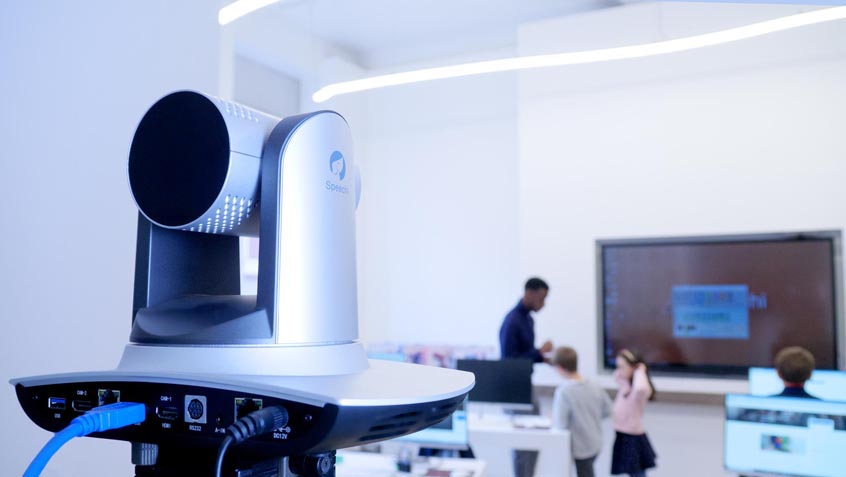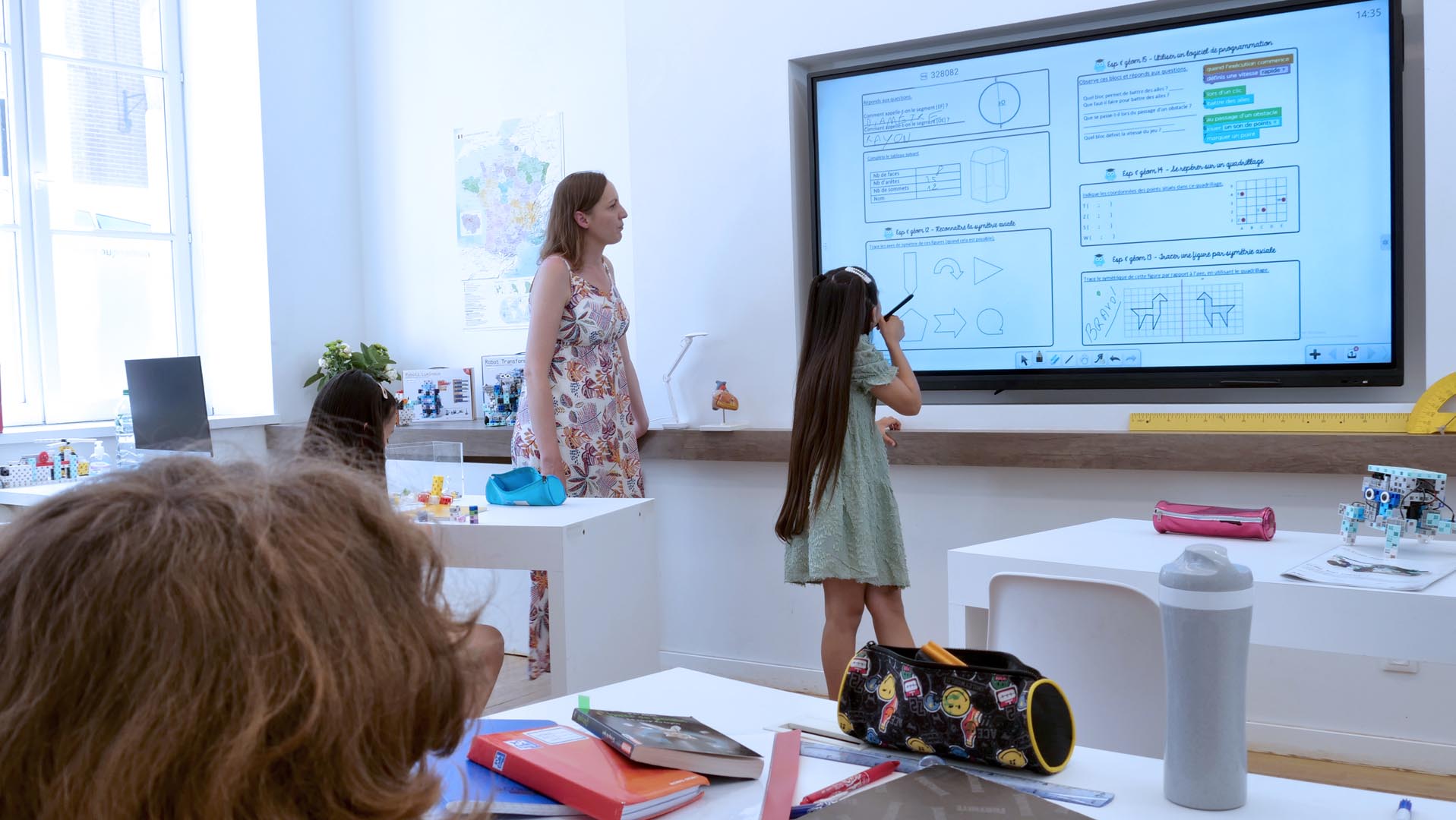While many educational institutions across the globe have been keen to embrace smart technology in the classroom, some teachers remain sceptical about whether it really is beneficial in classrooms.
While research proves that technology engages students, it is wise to give careful consideration to the pros and cons of using technology in schools. We’ve listed a few of them below, so you can make a balanced decision on how you choose to embrace educational technology.
Pro – it engages students

This is by far the most well-known benefit of using technology in the classroom. If we look at a classroom being taught with a standard whiteboard, marker pens, and lined exercise books, it is easy to see why children engage more with technology.
From presentations being brought to life with videos, animations and bright colours to pupils being able to touch and interact with the content displayed on it, a smart whiteboard will instantly capture the attention of everyone in your classroom.
Con – it can distract students

While embracing technology in the classroom comes with a myriad of benefits, on the flip-side of engagement, there is distraction.
This is especially the case when students are provided with their own devices to view and access learning resources on. Students may give in to the temptation of checking social media, playing other online games or browsing the internet – so it is worth keeping a closer eye on whether they are focused on the task at hand.
However, it is worth remembering that students will always be lured by distractions. Before smart whiteboards existed, students used their mobile phones under their desks – and before mobile phones, they would pass each other notes on scraps of paper.
As the saying goes, “the more things change, the more they stay the same”.
Pro – it results in long-term cost savings

While this benefit may take a while to manifest, there is a lot to be said for saving money and resources on marker pens, worksheets, printer ink, and print-outs of presentations.
This material may not seem to incur too much of a cost – but if you factor in that each student must have their own paper copy of each document, it is easy to see how traditional equipment becomes both wasteful and expensive.
On top of this, students and teachers may be allergic to the dust produced by whiteboard marker pens on traditional whiteboards – so with technology in the classroom, you can also avoid the discomfort of allergic reactions.
Con – it can come at a high up-front cost
While the pro described above remains true, it is also important to look at the situation from a different perspective – smart whiteboard technology can come with a high price tag. This is especially true if a school is looking to equip all of its classrooms with interactive screens.
At Speechi, our ranges are designed to cater to every use-case and budget, and every customer is giving a tailor-made pricing quotation. By getting in touch with our expert teams, you will be able to start exploring affordable ways of integrating technology into your school.
Need time to contemplate the pros and cons?
Reflecting on these schools of thought is a wise choice before taking the leap and embracing this technology. Nevertheless, it is important to remember that adopting technology in the classroom is neither good nor bad. What matters is how you choose to use it.
By engaging students in a wide range of activities, keeping an eye on their device usage, and ensuring they get breaks from staring at screens, you will be able to strike the delicate balance of fun, effective learning.





